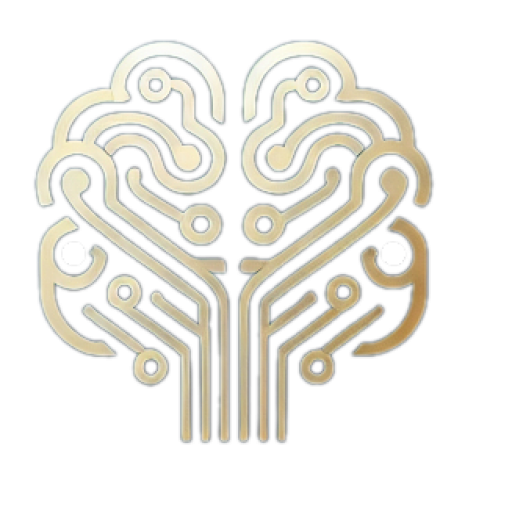The dragon has long been an iconic symbol in various cultures around the world, particularly in Eastern civilizations such as China. In many Asian cultures, the dragon is revered as a powerful, benevolent creature that embodies good fortune, prosperity, and wisdom. As we delve into the evolution of dragon symbolism, especially its connection to slot games, we’ll explore how this legendary creature has been adapted, game transformed, and reinterpreted over time.
Ancient Origins: Dragons in Chinese Culture
In ancient China, the dragon was a revered animal that symbolized imperial power and strength. These magnificent creatures were believed to possess supernatural powers, including control over the elements, good fortune, and prosperity. According to legend, dragons brought rain, ensuring fertile lands for agriculture, which was crucial for the survival of ancient Chinese civilizations.
The most significant cultural influence on the dragon’s symbolism comes from Taoist and Buddhist philosophies. In these beliefs, dragons are seen as symbols of yin-yang balance, embodying both masculine (yang) and feminine (yin) energies. This dichotomy is reflected in their association with natural elements: mountains for masculinity and water for femininity.
The Spread of Dragon Symbolism Across Asia
As Buddhism spread throughout Asia, the dragon’s symbolism followed, incorporating aspects of both Buddhist and local beliefs. In many Southeast Asian countries like Japan, Korea, and Thailand, dragons are revered as auspicious symbols. These creatures have been associated with fertility, prosperity, and good fortune.
In Japanese culture, for instance, the dragon is called "Ryū" or "Tatsu," often depicted in art and literature as a benevolent being that brings good luck and wisdom. Similarly, in Korean culture, dragons are believed to possess divine power and are linked with rain and agriculture, mirroring their role in ancient Chinese society.
From Mythology to Iconography: The Evolution of Dragon Art
The evolution of dragon symbolism is not only tied to its cultural context but also its visual representation. Over the centuries, art has played a significant role in shaping how we perceive dragons today. From intricate carvings on temple walls to majestic paintings and sculptures, the depiction of dragons reflects the values and beliefs of the time.
In ancient Chinese art, dragons were often depicted with elaborate bodies, wings, and tails, symbolizing their mythical powers. With the advent of Buddhism, dragons began to be depicted with more Buddhist attributes, such as serpentine bodies or multiple heads, signifying their status as guardians of sacred knowledge.
The Influence of Western Art on Dragon Iconography
The introduction of Western art forms in Asia, particularly during the colonial period, significantly influenced how Asian cultures viewed and depicted their dragons. European styles of painting and sculpture were introduced, leading to a mix of Western realism and Eastern mythology. This fusion is evident in modern representations of dragons, from fine arts to advertising.
In the context of slot games, this blending of cultures and artistic styles has resulted in dynamic and colorful dragon designs that appeal to both Asian markets and global players. Modern slots often combine traditional imagery with fantastical elements, creating a visual feast for players that reflects both Eastern reverence and Western creativity.
The Emergence of Slot Games Featuring Dragons
The widespread popularity of slot games featuring dragons is a direct result of their symbolic significance in many cultures. From ancient China to modern casinos, the allure of these creatures has remained consistent, reflecting our collective fascination with power, good fortune, and mystique.
In the 20th century, as gambling evolved into its modern form, especially with the advent of electronic slots, dragon-themed games became a staple in many online and offline casinos. These games often combine elements of history and mythology, incorporating traditional designs alongside contemporary themes.
The success of these games can be attributed to several factors: the timeless appeal of dragons as symbols of good fortune; the immersive nature of slot gameplay, which allows players to escape into mythological worlds; and the technological advancements that enable more sophisticated graphics and themes.
Modern Interpretations of Dragon Symbolism
Today, dragon symbolism in slot games is not just limited to traditional interpretations. Modern game developers have taken creative liberties to reimagine dragons in a variety of settings, from medieval fantasy worlds to futuristic cities. This diversification reflects both the global reach of gaming and the evolving nature of cultural influences.
In addition to their visual appeal, these modern interpretations also reflect changing societal values. The depiction of dragons now often incorporates themes of environmentalism, peace, and harmony, mirroring a broader shift in how we perceive our relationship with nature.
Conclusion
The evolution of dragon symbolism from ancient China to modern slots is a story that spans millennia and continents. It is a testament to the enduring power of mythological figures in shaping cultural identity and influencing artistic expression. The integration of dragons into slot games is a culmination of this history, reflecting both our collective fascination with these creatures and our capacity for innovation.
As gaming technology continues to evolve, it will be fascinating to see how dragon symbolism adapts further, potentially incorporating new themes and artistic interpretations that blend the past with the future. One thing is certain: dragons in slot games will remain a beloved feature, symbolizing not just good luck but also the timeless connection between mythology, art, and human imagination.
